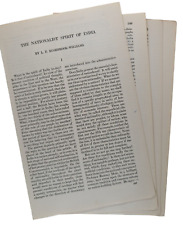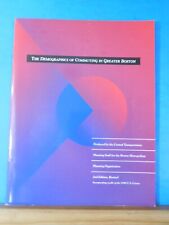
In the latest issue of the Public Policy & Aging Report , Duquesne University researcher Mark L. Haas argues that hotbed areas in the world that offer the motive and opportunity for political violence could stabilize by the year 2030. Driving this new era of peace and goodwill, he believes, is the simple fact that the world’s population is aging, and in the future there will far fewer dissatisfied young people.
He notes that countries such as Iraq, Pakistan, and Saudi Arabia are currently experiencing “youth bulges” (a disproportionately high number of young people in a society) along with high rates of unemployment. Haas contends that this has created many individuals with strong grievances against current political conditions and little stake in their society.
For example, Russia’s working-age population (ages 15 to 64) is expected to shrink 34 percent by 2050. The country’s population is already decreasing by 700,000 people per year. Also by 2050, China’s median age is predicted to be nearly 45. Given this fact, Haas believes their government will be faced with a difficult choice: allow growing levels of poverty within an exploding elderly population, or provide the resources necessary to combat this problem by diverting funds from military spending.
The United States is not immune to the problems of global aging, but it does stand to fare better than many of its rivals. In 2050, this country’s median age will be the lowest of any of the great powers. And by the same year, the working-age population in the U.S. is expected to increase by 31 percent. Additionally, the United States has a relatively well-funded pension system.
Related:
Testosterone Apocalypse!
Adolescence Lasts Into Twenties
Old Age Appears To Be A Recent Invention
No Limit To Life Expectancy


















Comments are closed.